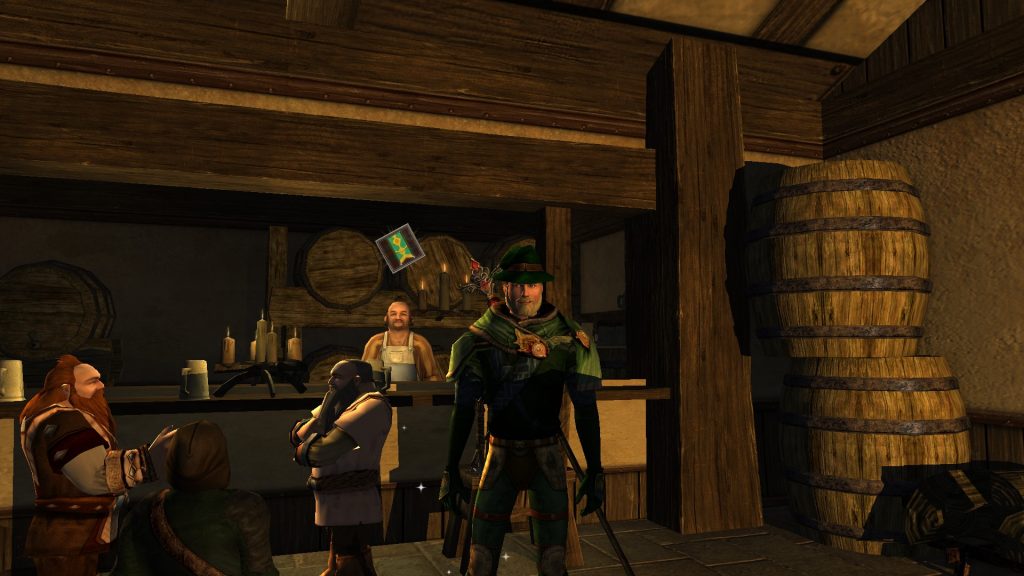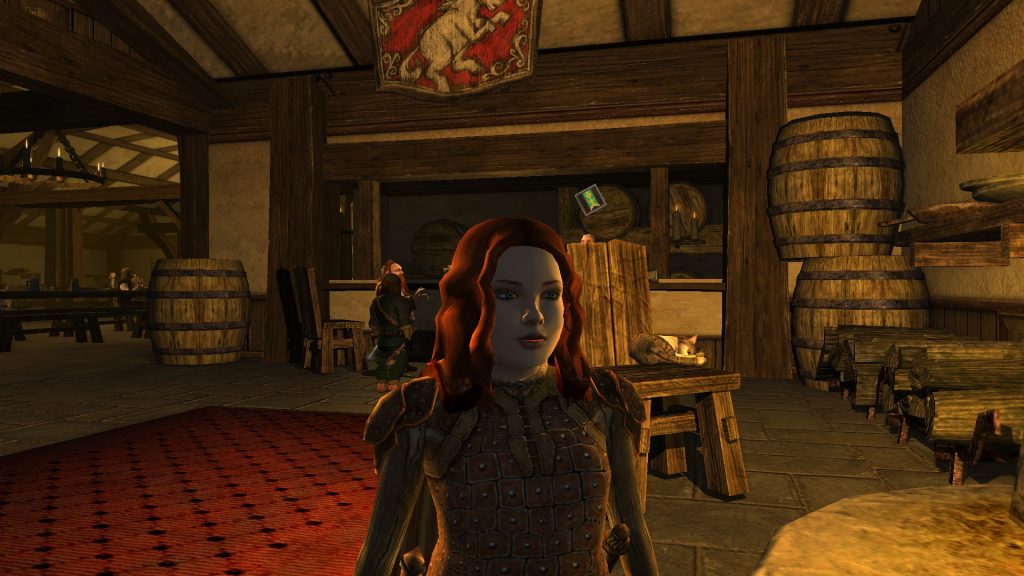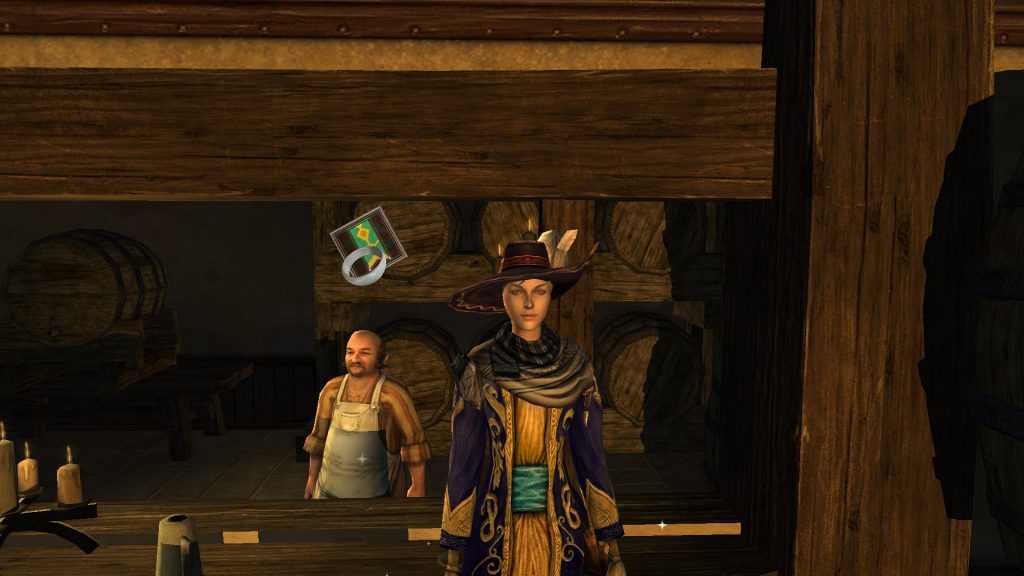Outside my window – and it’s a different window this time, because I’ve moved the laptop down to the back room because it’s smaller, warmer and has a window I can look out of without turning my head – I can see the wasps gambolling about, flying up to the ash tree branch their nest is attached to, zipping off to the rhododendron bush, generally getting a lot more enjoyment out of this cold, sunny day than I am.
Are they? I don’t really know how they’re feeling. I don’t have any empathy for, or with, the little devils. Could I have? Empathy can be achieved through the medium of empathy games.
See if you can see how I felt about these things when I first stumbled onto the term about a fortnight ago. ‘Empathy games’, I said to the wasps, ‘sounds like one of those self-help titles Amazon keeps pushing at me, or maybe a mid-70’s attempt to cash in on Fear of Flying with a bit of soft porn wrapped around an undergraduate psychology essay.’
They buzzed around, completely ignoring how famous Lee Martin and I have made them over the years. Gratitude may be the shortest-lived human emotions, but I doubt these bloody things waste a single chemoreceptive neuron on it.
Purpose Shifting
Games that are written for entertainment can be used for education. (Gee), referred to in the article on classifying serious games, has numerous examples of teachers re-purposing ‘entertainment games’ for serious purposes, such as education. From my own experience, the entertainment game Lord of the Rings Online had a small repurposing. I wanted character names that would fit in with Tolkien’s nomenclature scheme, so it was necessary to learn a bit of Sindarin to make the names make sense. I didn’t learn enough of it to fit the name seamlessly into Sindarin, but I was closer than if I’d known no Sindarin at all. This wasn’t changing the use of the game so much as taking part of the game, naming your characters, wanting to do that ‘properly’ and having to do extraneous learning to do it.
The world in which the game is set is detailed enough that with a bit of tweaking the game itself could be used as a teaching tool. For example, you have to make bronze items in the course of the game to improve your ability to craft your own weapons and gear, if you want to, and if you then had to find out, within game context, what bronze is made of, you’d be learning something. This can be arbitrarily complex, and it would be fun to have to scour Middle Earth for deposits of chromium, molybdenum and whatever else in order to suit of stainless-steel armour.
Serious Games
Serious games are ‘any piece of software that merges a non-entertaining purpose (serious) with a video game structure (game) (Djaouti, Alvarez and Jessel 2). the type of game it is lies within the control of the game developer.
The games deal with serious topics. But the serious topics are all those topics which modern pundits think are significant, the cause celebres of the 21st century: climate change, depression, anxiety, bullying, depression, suicide, gender politics, and so on. At first, these games are depressing, and then boring as people playing them can get fatigued being asked to empathise with everything blatted at them during the game.
Nonetheless, these games taken in small doses might be therapeutic. I resolved to put this to the to the test by playing a game called Get Bad News. The title implied – well, no, I inferred that the game might help me overcome one of my little neuroses – I can’t handle bad news. I never look at my grades in case they’re bad; I leave Powerball tickets around without checking them because I don’t want to find out I didn’t win. The one time I opened my tax assessment notice the day it arrived I got a $3000 debit. (It was a delight to write a letter back to the Commissioner, then my employer, absolving him personally of any blame for hiring a knuckle-dragging, strategically shaved primate to transfer numbers from my group certificate to the National Tax System.)
This game taught me how fake news was made and the ways to spot it, by introducing tow game elements, a graph to indicate my credibility, and a number count of how many Twitter followers I had. At a point in the game it showed me some news headlines and asked me to pick the fake ones, and showed me the same headlines at the end of the game to see if I was any better at picking fake news. I have no idea how I did at that, because the game didn’t tell me, but at least it was a fun thing.
Empathy Games
A game might be used to create empathy. Some experiments have sown that people get desensitised to rape and murder if it’s shown in a dramatized context (like a movie or even a game) but then resensitised to it if it’s shown in a documentary format. A game might be used to resensitise people if it could present rape and murder, or any of the serious mental states I used above, in a documentary format. (Improved virtual reality technology leads to a scary proposition: making a rapist feel what it’s like to be raped. But why bother after they’ve done it? Teach them what rape feels like before they rape. That’ll learn ‘em.)
Turning your sadness and pain into a game might be seen as cashing in on these bad things. Such is the nature of drama – from the observation that nobody has a happy day in a soap opera, through the sensationalising of bad things to lend drama to news bulletins because real news is expensive to get, to poor Desdemona getting smothered due to well-placed embroidery. Gert Bad News provides an understanding of how fake news works, and thus might make you more aware of it, but it doesn’t allow you to feel the way readers of fake news feel. It’s not creating empathy.
At best, it’s creating cognitive empathy, where you can intellectually process what the other person, or the character in the game is feeling. Ideally, you want emotional empathy, where your emotions are the same as the other person or character. A game like DOOM can do that for fear, let’s say, as you creep about the game levels feeling the same fear as the character in the game presumably would with all these evil things about the place.
Posthuman Empathy
If empathy is the desired outcome, a posthuman future would allow for it by simply injecting the code for empathy into the computer process that ‘you’ are. But even if we can’t get that far, direct interchange of emotion would be possible by sending a burst of code mimicking your emotional state to all and sundry.
Before we get there, which we might never do, games are one way of processing and expressing the emotional content of life experience (Meads). They are, fortunately, not the only method.
These days, I express and process said emotional content through a simple Facebook post. ‘Darren J Rout is feeling enraged’ covers my response to sob stories about the plight of whichever focus group has taken the fancy of a news editor strapped for news and the cash to get it. Happy, wistful, drunk – they’re all valid chunks of emotional content in my life. Cognitively, I can get why people are depressed and what makes them that way, but I’ve never had to struggle with depression so I can’t emotionally feel it. This is probably why my TWINE game looks comparatively shallow and superficial. Well, fortunately, I can respond emotionally to that observation – meh.
What, then, are the connections I make with other people (or even their avatars) like in real life? The overriding behaviour is courtesy. I try to be courteous. I can empathise cognitively with much of what people are feeling, but the sheer weight of life experience that comes with nearly six decades on the planet might account for that. I can emotionally empathise with people who are feeing what I’ve also felt in the past – or I think I can, but how would I know?
I may connect with entertaining, (and therefore superficial?) Facebook posts and pictures of what I’m drinking, or in these garbled blog posts, but there are some connections made more meaningful simply because of how long they’ve lasted, and the memories and shared experiences built up over that time. Friends who’ve attempted suicide, friends ‘coming out’ to you of a wet Christmas Eve, arguments over apartheid and footy (remember when we had those?), these connections have run the gamut of emotion. I held my niece’s second child in my hands after she died. Jesus, why did I bring that up?
I can’t help feeling that the youner people in this course are feeling things more strongly than I am. Maybe I’m just jaded. Maybe I’ve been cooped up for too long. More maybes than a game could handle, I suspect.
The perceived wisdom is that I’ll never understand how a woman feels, or a black man, or someone in a refugee camp. The perceived wisdom that I can’t empathise with anyone doesn’t match my demographic precisely. I’d say evolution equipped me with the ability to empathise. Understanding is not agreement, though. I can empathise with a refugee, but I know how they became a refugee, and I don’t have to agree with their thoughts about being one.
I will sign off now, because I have forgotten the link I was going to try to draw between serious games and the MDS principle for classifying games that I talked about somewhere that I can’t find now. I should start tagging these things. Now I’m worried I haven’t addressed the questions asked in this week’s lecture. Can you feel for me?
References
Djaouti, Damien, Julian Alvarez and Jean-Pierre Jessel. “Classifying Serious Games: the G/P/S model.” n.d. Ludoscience. PDF. 15 May 2020.
Gee, J P. What Video Games have to teach us about Learning and Literacy. Palgrave Macmillan, 2003.
Meads, Threasa. “Moodle.” 1 May 2020. Federatuon University. Powerpoint. 16 May 2020.



